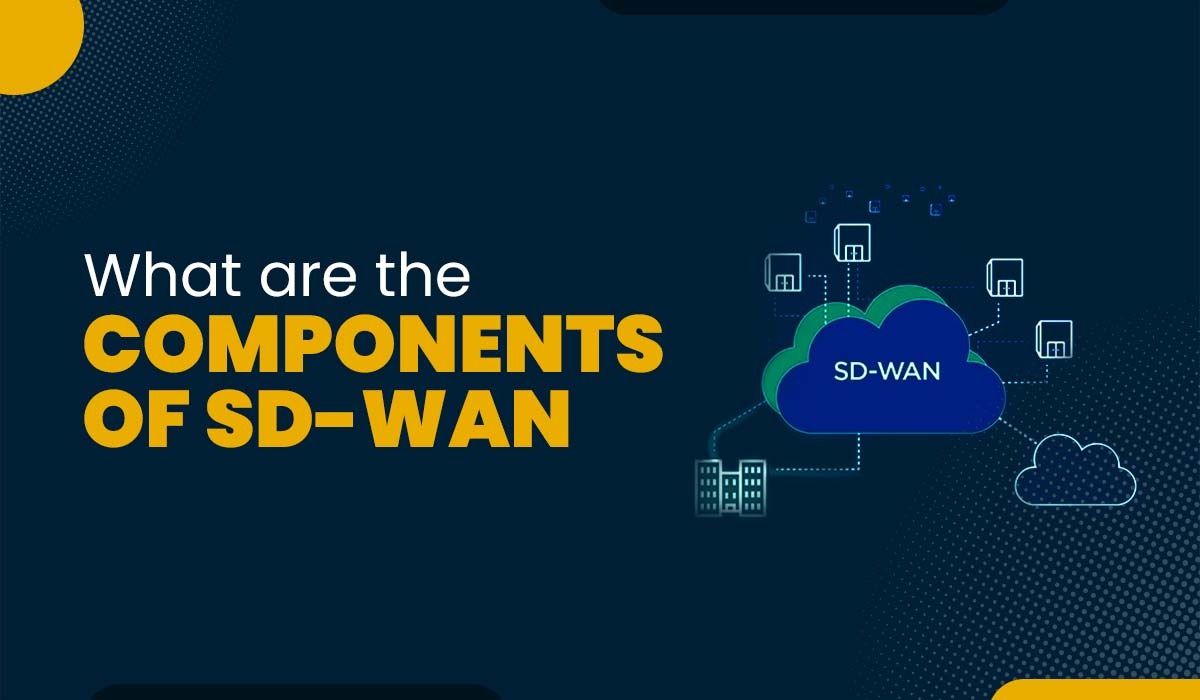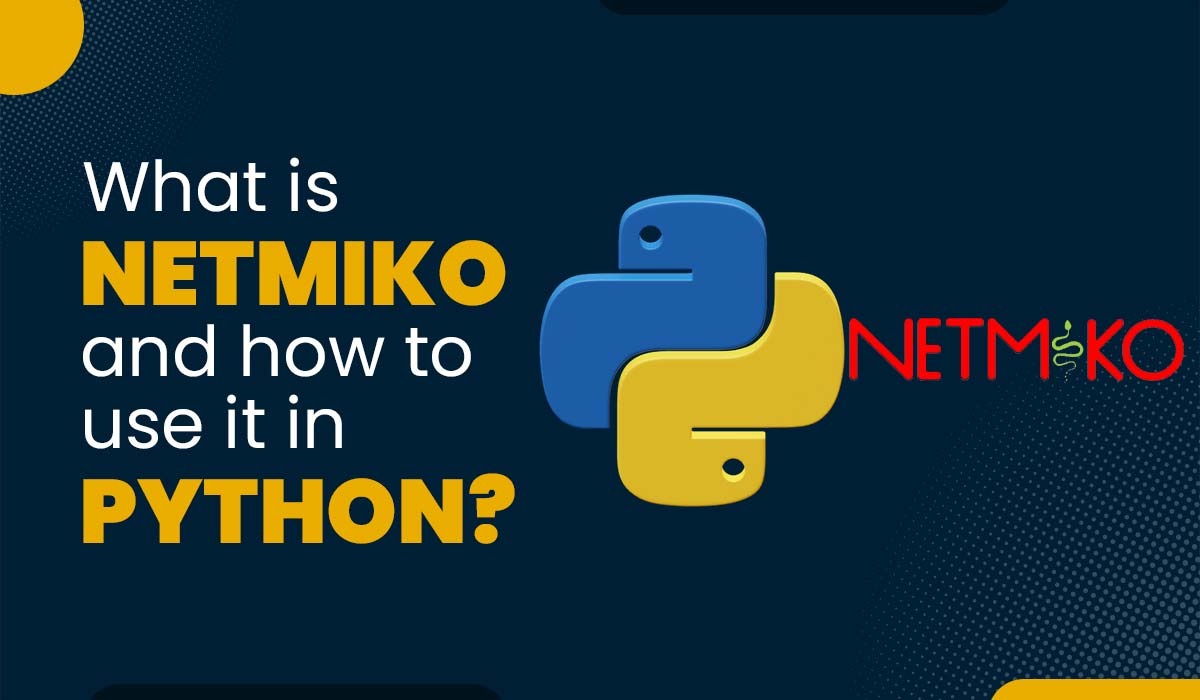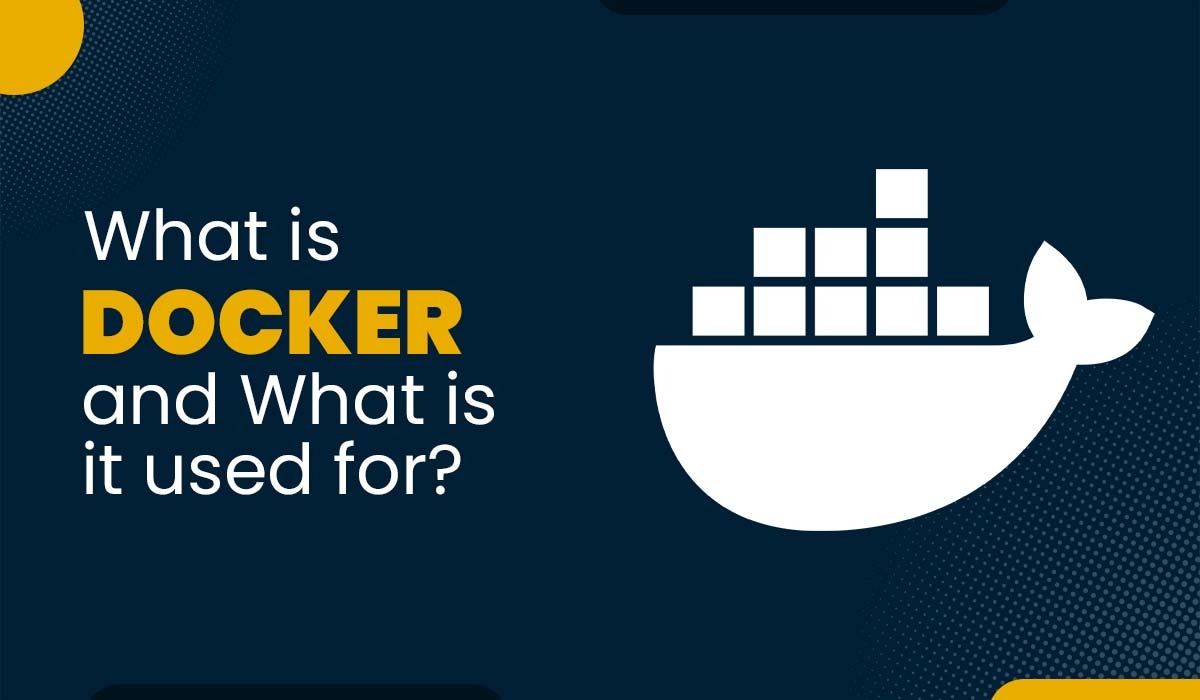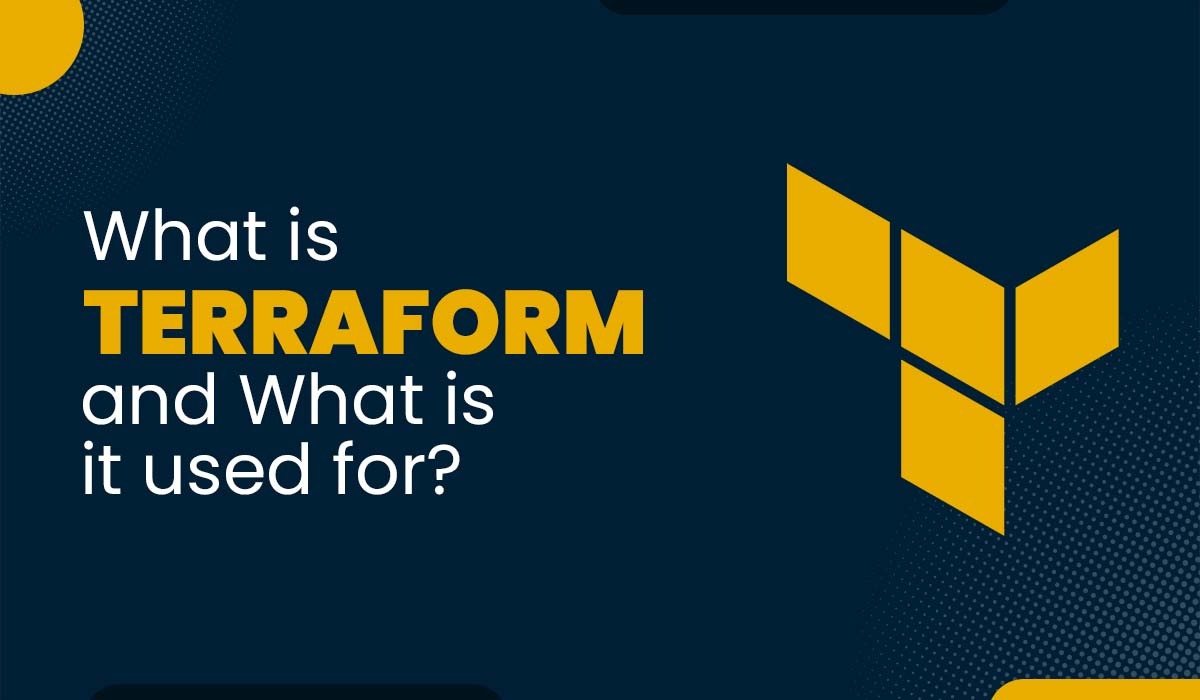Components of SD-WAN

Cisco SD-WAN solutions let enterprises connect to cloud platforms with incredible speed, reliability, and efficiency. This distributed architecture differs from traditional networking and allows users to manage connectivity across their WAN from a single dashboard. Also, the components of SD-WAN make networking more manageable, that support large-scale networks while reducing operational and computational overhead. The distributed architecture of SD-WAN separates the data plane, control plane, management plane, and orchestration plane from each other. Enabling such architecture to the network enterprises can significantly reduce overheads and required resources on the routers and bring additional features and capabilities to the edge devices. You can learn more by about SD-WAN by enrolling in our online instructor-led Cisco SD WAN training with unlimited lab access. SD-WAN stands for Software-Defined Wide Area Network. It is a technology that enables the management and operation of a wide area network using software-based control and automation. Traditionally, wide area networks (WANs) connect multiple branch offices or remote locations to a centralized data center using dedicated hardware devices and private circuits. SD-WAN replaces these hardware-based networks with a virtualized and software-driven approach. It leverages the principles of software-defined networking (SDN) to dynamically route network traffic over multiple connection types, such as broadband internet, MPLS, or 4G/5G wireless networks. All these benefits make SD-WAN a preferable choice for networking over traditional networking. But what does differ SD-WAN from traditional networking? The answer is components of SD-WAN. Now let’s understand the components of SD-WAN in deep. There are four components of SD-WAN as the Cisco SD-WAN architecture is broken up into four planes: data plane, control plane, management plane, and orchestration plane. Data Plane/vEdge is the only component of SD-WAN that exists at the endpoint and is responsible for bringing up IPsec or GRE tunnels between the sites. Only two types of devices can be WAN edges, Cisco IOS XE (cEdge) and Viptela OS device (vEdge). The physical and virtual devices that fall into these categories are, To understand Cisco SD-WAN Architecture and data-plane operations better, here is the video you must watch. Check out this blog to know if SD-WAN is worth it in 2024? The second component of SD-WAN architecture is Management Plane, and its controller is vManage. Now let’s understand what does the management plane does? VManage comes in the form of a virtual machine that needs to be installed into a server. It is responsible for collecting network information from the vEdge devices and alerting on events and outages in the SD-WAN environment. The recommended resources required to install vManage in servers are 8 CPUs, 24 GB of dedicated RAM, and 200GB of storage. One vManage instance can support up to 2,000 devices, and a cluster can be formed with three vManage handling 6000 WAN Edges. To understand Cisco SD-WAN Architecture and Management plane operations better, here is the video you must watch. Control Plane is taken as the system’s brain, and its responsibility is to advertise data plane policies of routing and security. Separating the control plane from the data and management plane network can achieve a grander scale with simple network operation. They take the center part in the topology and can handle up to 5,400 connections per vSmart server with vEdges peering to the vSmart. Control Plane/vSmart is responsible for implementing control plane policies, centralized data policies, service chaining, and VPN topologies. The vSmart uses Overlay Management Protocol (OMP) to communicate all the information. The OMP is used for policy distribution, routing information distribution, IPsec distribution, key management beyond just routing. To understand Cisco SD-WAN Architecture and Control plane operations better, here is the video you must watch. The orchestration plane controller vBond is the glue that discovers and brings all other components together. WAN Edge joins the overlay via vBond in two different ways, The WAN Edge will attempt to build a temporary connection to the vBond and these connections are known as DTLS connections. When the connection is up, vBond shares vManage and vSmart IP address with the WAN Edge, and it tries to make a DTLS connection with vManage and vSmart. Once all the DTLS connections are created, your WAN Edge is onboarded. Here is the video you must watch to understand Cisco SD-WAN Architecture and Orchestration plane operations better. These are the four components of SD-WAN. We hope you understood the functionality of the components of SD-WAN from these videos. SD-WAN solutions consist of several key components that work together to create a software-defined network infrastructure. Here are the main components of an SD-WAN system: Data Plane, Control Plane, Management Plane, and Orchestration plane. SD-WAN architectures can be categorized into three types: on-premises, cloud-based, and hybrid, each offering unique advantages and flexibility for network deployment and management. The two main components of SD-Access are the Fabric Edge devices and the SD-Access Controller, responsible for network connectivity and centralized management, respectively. SD-WAN architecture refers to the design and structure of a software-defined wide area network. It encompasses the various components, technologies, and protocols that work together to enable the efficient and flexible management of network traffic over a wide area network. In conclusion, understanding the components of SD-WAN is crucial for grasping the fundamental building blocks of this transformative technology. By embracing SD-WAN components, businesses can streamline their network operations, optimize performance, and adapt to evolving network requirements. As SD-WAN continues to revolutionize wide area networks, a deep comprehension of its components empowers organizations to unlock the full potential of this innovative networking solution.Introduction
What is SD-WAN?
Benefits of SD-WAN
Components of SD-WAN
SD-WAN Data Plane
Management Plane
Control Plane
Orchestration Plane
Frequently Asked Questions
Q1 – What are the SD-WAN components?
Q2 – How many types of SD-WAN are there?
Q3 – What are two main components of SD-access?
Q4 – What is SD-WAN architecture?
Conclusion







